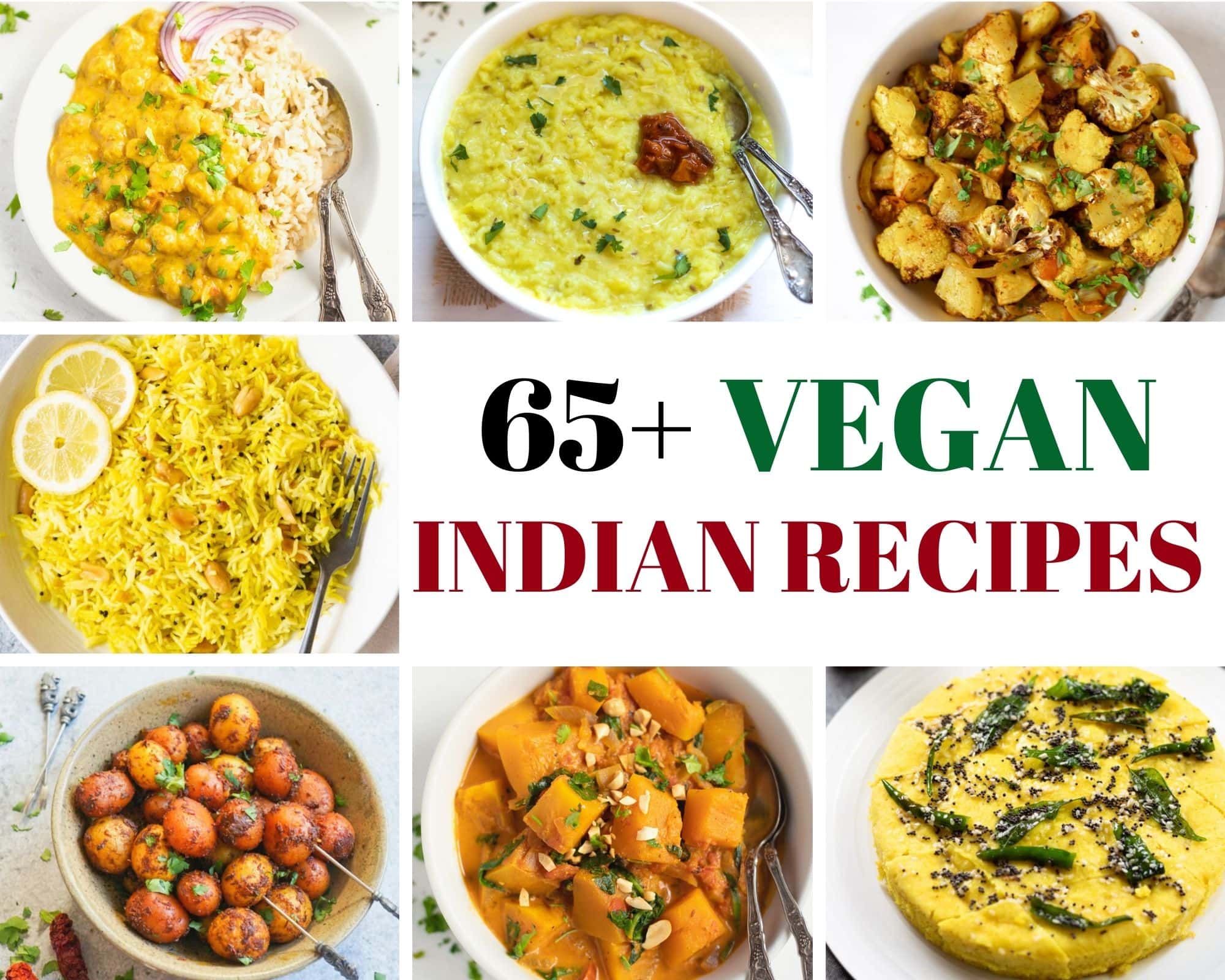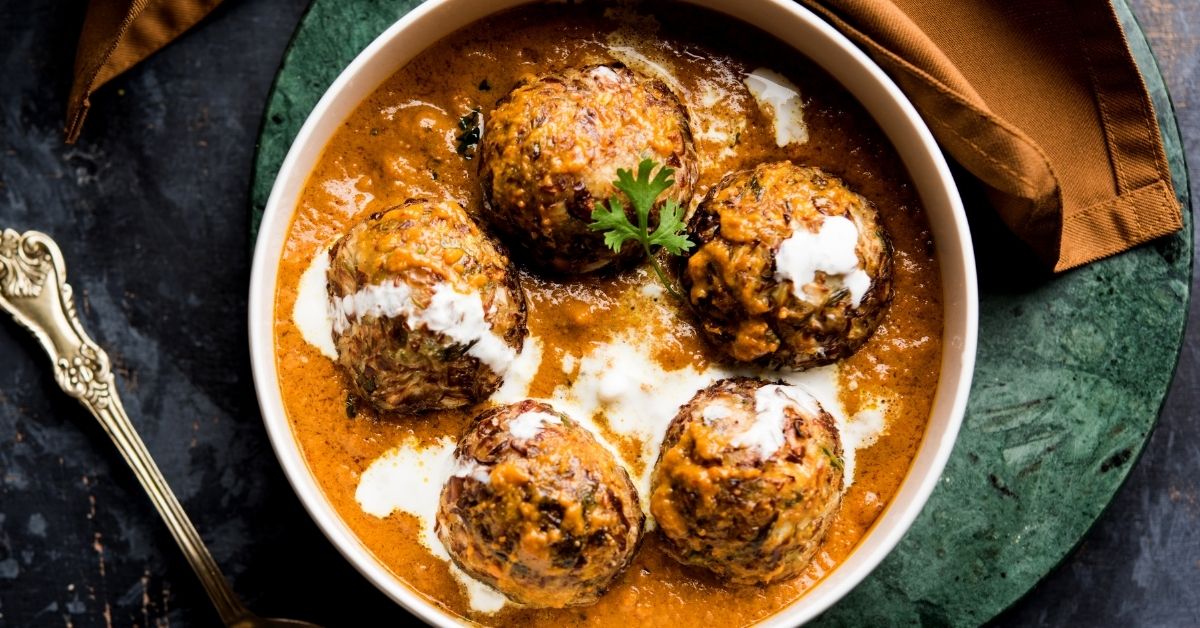Indian meals recipes vegetarian embarks on an attractive culinary journey, inviting readers to delve into an international of colourful flavors, fragrant spices, and age-old traditions that experience formed the wealthy tapestry of Indian vegetarian delicacies.
From the bustling streets of Mumbai to the serene backwaters of Kerala, this narrative unveils the various and delectable vegetarian dishes that experience tantalized style buds for hundreds of years, providing a glimpse into the cultural and historic importance of vegetarianism in India.
Creation to Indian Vegetarian Delicacies

Indian vegetarian delicacies is a various and flavorful culinary custom that has been formed by way of centuries of cultural, spiritual, and geographical influences. Vegetarianism has lengthy been practiced in India, with some estimates suggesting that it will have originated there over 5,000 years in the past.
As of late, India is house to the biggest inhabitants of vegetarians on the planet, and vegetarian dishes shape an integral a part of the rustic’s culinary panorama.
The Significance of Spices and Herbs
Spices and herbs play an important position in Indian vegetarian cooking. They upload taste, aroma, and colour to dishes, they usually even have many well being advantages. One of the maximum recurrently used spices in Indian vegetarian cooking come with turmeric, cumin, coriander, fenugreek, and garam masala.
Herbs akin to cilantro, mint, and basil also are extensively used to support the flavour of dishes.
A Temporary Historical past of Vegetarianism in India
Vegetarianism has been practiced in India for hundreds of years, and there are lots of causes for this. Some Indians make a selection to abstain from meat for spiritual causes, whilst others achieve this for moral or environmental causes. In some portions of India, vegetarianism may be noticed in an effort to advertise just right well being.
Common Vegetarian Dishes
Indian vegetarian delicacies is extremely various, with every area providing its distinctive flavors and dishes. From the hearty dal of North India to the highly spiced chana masala of Punjab, there is a vegetarian dish to fit each and every palate.
Regional Vegetarian Dishes
- Dal:A staple in North Indian delicacies, dal is a lentil-based soup that may be ready with more than a few lentils, spices, and greens. It’s incessantly served with rice or roti.
- Chana Masala:Originating from Punjab, chana masala is a highly spiced and flavorful dish made with chickpeas, tomatoes, onions, and a mix of spices. It’s in most cases served with rice or naan.
- Vegetable Biryani:A well-liked dish from Hyderabad, vegetable biryani is a flavorful rice dish cooked with quite a lot of greens, spices, and saffron. It’s incessantly served with raita or yogurt.
- Paneer Tikka Masala:A cherished dish from North India, paneer tikka masala options paneer (Indian cottage cheese) marinated in spices and grilled, then simmered in a creamy tomato-based sauce.
Comparability of Common Vegetarian Dishes
| Dish | Elements | Cooking Approach | Flavors |
|---|---|---|---|
| Dal | Lentils, spices, greens | Simmered in water or broth | Earthy, comforting, and flavorful |
| Chana Masala | Chickpeas, tomatoes, onions, spices | Sautéed and simmered | Highly spiced, tangy, and fragrant |
| Vegetable Biryani | Rice, greens, spices, saffron | Layered and cooked in a sealed pot | Aromatic, flavorful, and somewhat highly spiced |
| Paneer Tikka Masala | Paneer, spices, tomatoes, cream | Marinated, grilled, and simmered | Creamy, tangy, and flavorful |
Cooking Tactics

Indian vegetarian delicacies showcases a various vary of cooking ways that give a contribution to its wealthy and flavorful dishes. From the fragrant sautéing of spices to the scorching fry of greens and the delicate simmering of curries, every methodology performs a a very powerful position in growing unique Indian flavors.
Conventional Cookware
Indian cooking is famend for its use of conventional cookware, every designed for explicit functions and contributing to the original flavors of the delicacies.
- Tandoor:A cylindrical clay oven used for grilling meats, greens, and breads, imparting a smoky and charred taste.
- Kadhai:A deep-bottomed, wok-like pan used for sautéing, frying, and simmering. Its broad floor space and sloped facets permit for environment friendly cooking and simple stirring.
Sautéing
Sautéing is a method that comes to cooking meals in a small quantity of oil or fats over medium warmth. This method is incessantly used to support the flavour of spices and aromatics, akin to onions, garlic, ginger, and cumin seeds.
The components are cooked till they turn into translucent and aromatic, liberating their very important oils and making a flavorful base for curries, stews, and different dishes.
Frying, Indian meals recipes vegetarian
Frying is a method that comes to cooking meals in scorching oil. Shallow frying is used for cooking pieces akin to vegetable pakoras, samosas, and paneer. Deep frying, however, is used for dishes like puri and bhatura. Frying provides a crispy texture to the meals and complements its taste by way of making a golden-brown crust.
Simmering
Simmering is a method that comes to cooking meals in a liquid at a low temperature for a longer length. This method is incessantly used for cooking curries, stews, and lentils. The delicate warmth permits the flavors of the spices and components to meld in combination, leading to wealthy and flavorful dishes.
Pointers and Tips
- Use fine quality spices and components for unique flavors.
- Get started with a scorching pan or kadhai to make sure even cooking and save you sticking.
- Sauté spices till they turn into aromatic however keep away from burning them.
- Fry meals in small batches to forestall overcrowding and make sure even cooking.
- Simmer curries and stews for no less than half-hour to permit the flavors to increase.
Elements and Substitutions: Indian Meals Recipes Vegetarian

Indian vegetarian delicacies boasts a colourful array of components that create a symphony of flavors. From fragrant spices to recent produce, every part performs a a very powerful position in shaping the culinary revel in.
The basis of many vegetarian Indian dishes lies in using legumes, lentils, and greens. Chickpeas, lentils, and beans supply a wealthy supply of protein and fiber, whilst greens like tomatoes, onions, and potatoes upload texture and wonder. Spices akin to turmeric, cumin, and coriander are indispensable, including intensity and heat to the dishes.
Very important Elements
- Legumes and Lentils:Chickpeas, lentils, beans
- Greens:Tomatoes, onions, potatoes, bell peppers, cauliflower
- Spices:Turmeric, cumin, coriander, chili powder, garam masala
- Herbs:Cilantro, mint, fenugreek
- Dairy:Yogurt, milk, paneer (Indian cottage cheese)
Substitutions
In case positive components are unavailable, appropriate substitutions can also be made with out compromising the authenticity of the dish.
- Legumes and Lentils:Kidney beans or black beans can be utilized as a substitute of chickpeas or lentils.
- Greens:Candy potatoes or carrots can also be substituted for potatoes, and inexperienced beans or peas can exchange bell peppers.
- Spices:If turmeric is unavailable, a mix of curry powder and paprika can be utilized as an alternative.
- Herbs:Parsley or basil can be utilized as a substitute of cilantro or mint.
- Dairy:If yogurt or milk is unavailable, coconut milk or almond milk can be utilized as a vegan selection.
Well being Advantages
Indian vegetarian delicacies gives a plethora of well being advantages. Its center of attention on legumes, greens, and spices supplies an abundance of vitamins very important for optimum well-being.
Legumes, akin to lentils and beans, are very good assets of protein, fiber, and iron. They advertise satiety, strengthen blood sugar keep an eye on, and scale back the danger of persistent illnesses.
Greens
- Indian vegetarian delicacies comprises all kinds of greens, together with spinach, okra, cauliflower, and carrots. Those greens are wealthy in nutrients, minerals, and antioxidants, which offer protection to towards oxidative harm and persistent illnesses.
Spices
- Spices like turmeric, cumin, and coriander are integral to Indian vegetarian dishes. Those spices possess anti inflammatory, antioxidant, and antimicrobial houses, contributing to general well being and well-being.
Vegetarian dishes like dal (lentil soup), chana masala (chickpea curry), and vegetable biryani are very good assets of protein, fiber, and antioxidants. Incorporating those dishes right into a balanced vitamin can advertise cardiovascular well being, scale back irritation, and strengthen a wholesome weight.
Cultural Importance
Vegetarianism holds immense cultural importance in India, deeply rooted in spiritual ideals, customs, and traditions.
Many faiths practiced in India, akin to Hinduism, Jainism, and Buddhism, advertise vegetarianism as a method of non-violence and compassion against all dwelling beings. Vegetarianism is noticed in an effort to honor and admire the interconnectedness of all existence bureaucracy.
Function in Spiritual Gala’s and Celebrations
Vegetarianism performs a central position in a large number of spiritual fairs and celebrations all over India.
- Navratri: A nine-day pageant devoted to the goddess Durga, the place devotees apply strict vegetarianism.
- Diwali: The pageant of lighting fixtures, celebrated with an array of vegetarian dishes akin to samosasand mithai.
- Maha Shivratri: A pageant honoring Lord Shiva, the place devotees be offering vegetarian meals and abstain from non-vegetarian dishes.
Tales and Anecdotes
The significance of vegetarianism in Indian tradition is incessantly expressed via tales and anecdotes.
“As soon as upon a time, a king requested his sensible minister, ‘What’s the largest distinctive feature?’ The minister spoke back, ‘Non-violence.’ The king used to be stunned and requested, ‘Why non-violence?’ The minister replied, ‘As it encompasses all different virtues.'”
This tale highlights the conclusion that non-violence, and by way of extension vegetarianism, is a basic distinctive feature that embodies all different moral values.
FAQ Information
What are the important thing components utilized in Indian vegetarian cooking?
Indian vegetarian cooking is predicated closely on a various array of spices and herbs, together with turmeric, cumin, coriander, garam masala, and pink chili powder. Legumes, akin to lentils and chickpeas, shape the spine of many dishes, whilst greens like cauliflower, potatoes, and tomatoes upload colourful colours and textures.
Are there any substitutes for not unusual Indian components that might not be readily to be had?
Sure, there are a number of substitutions that may be made for not unusual Indian components. As an example, asafoetida powder can be utilized as a substitute of hing, whilst dried fenugreek leaves can also be substituted for kasuri methi. Moreover, garam masala can also be recreated the usage of a mix of cumin, coriander, black pepper, cloves, and cinnamon.
What are the well being advantages of incorporating Indian vegetarian dishes into my vitamin?
Indian vegetarian delicacies is famend for its dietary worth. Legumes are wealthy in protein and fiber, whilst greens supply an abundance of nutrients, minerals, and antioxidants. Spices like turmeric and cumin possess anti inflammatory houses, contributing to general well-being.
